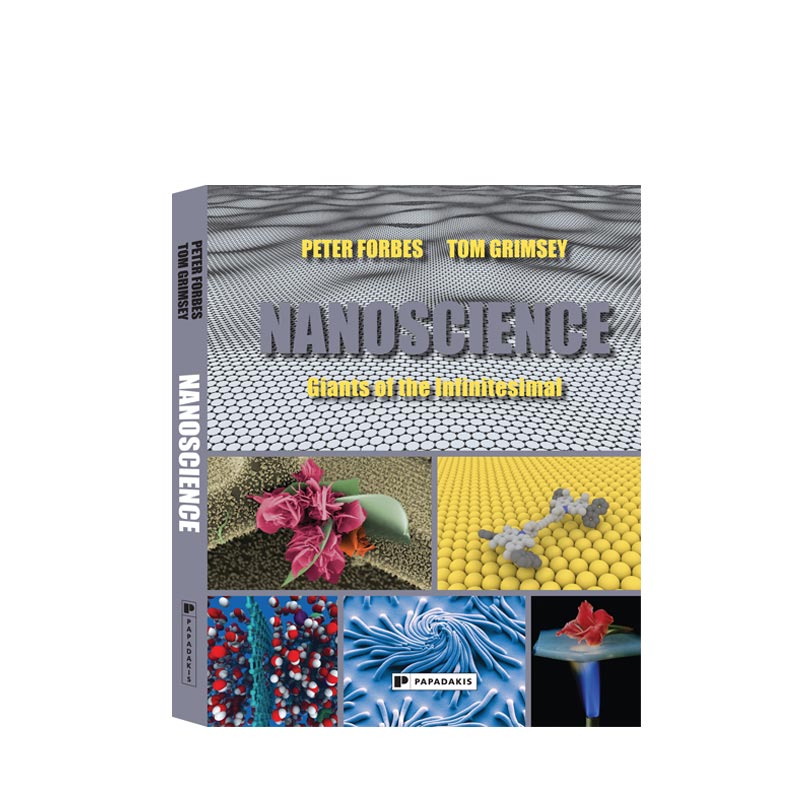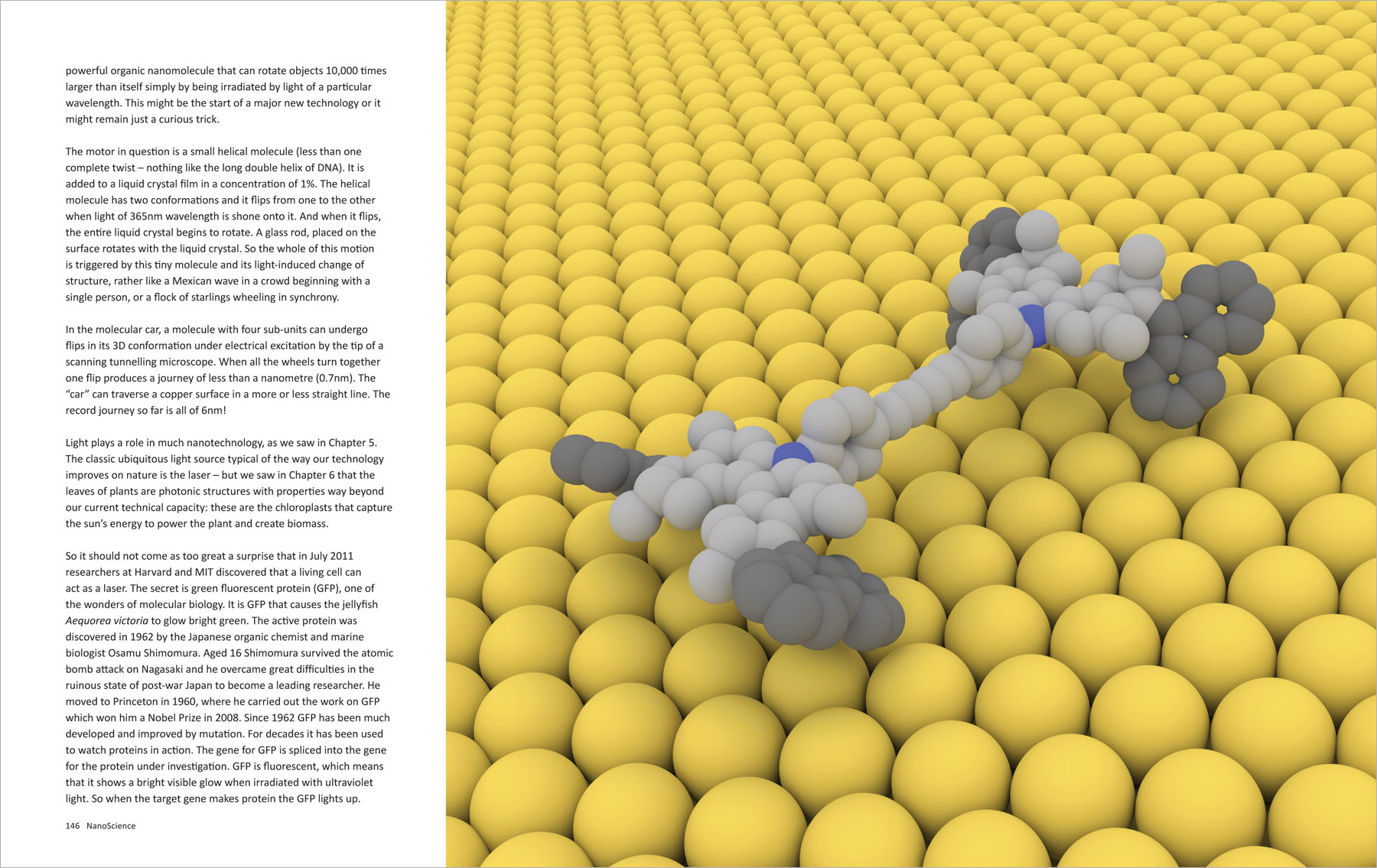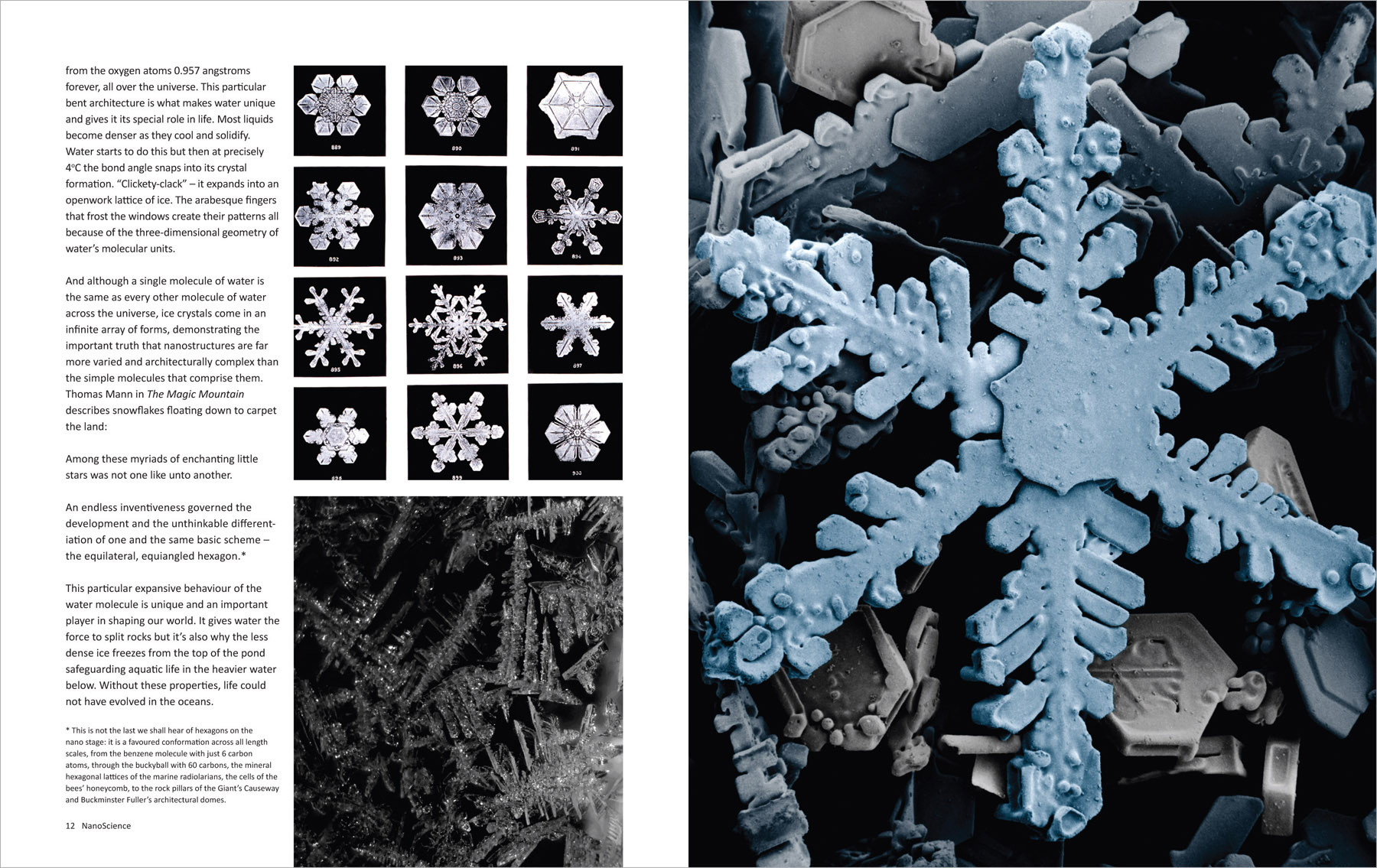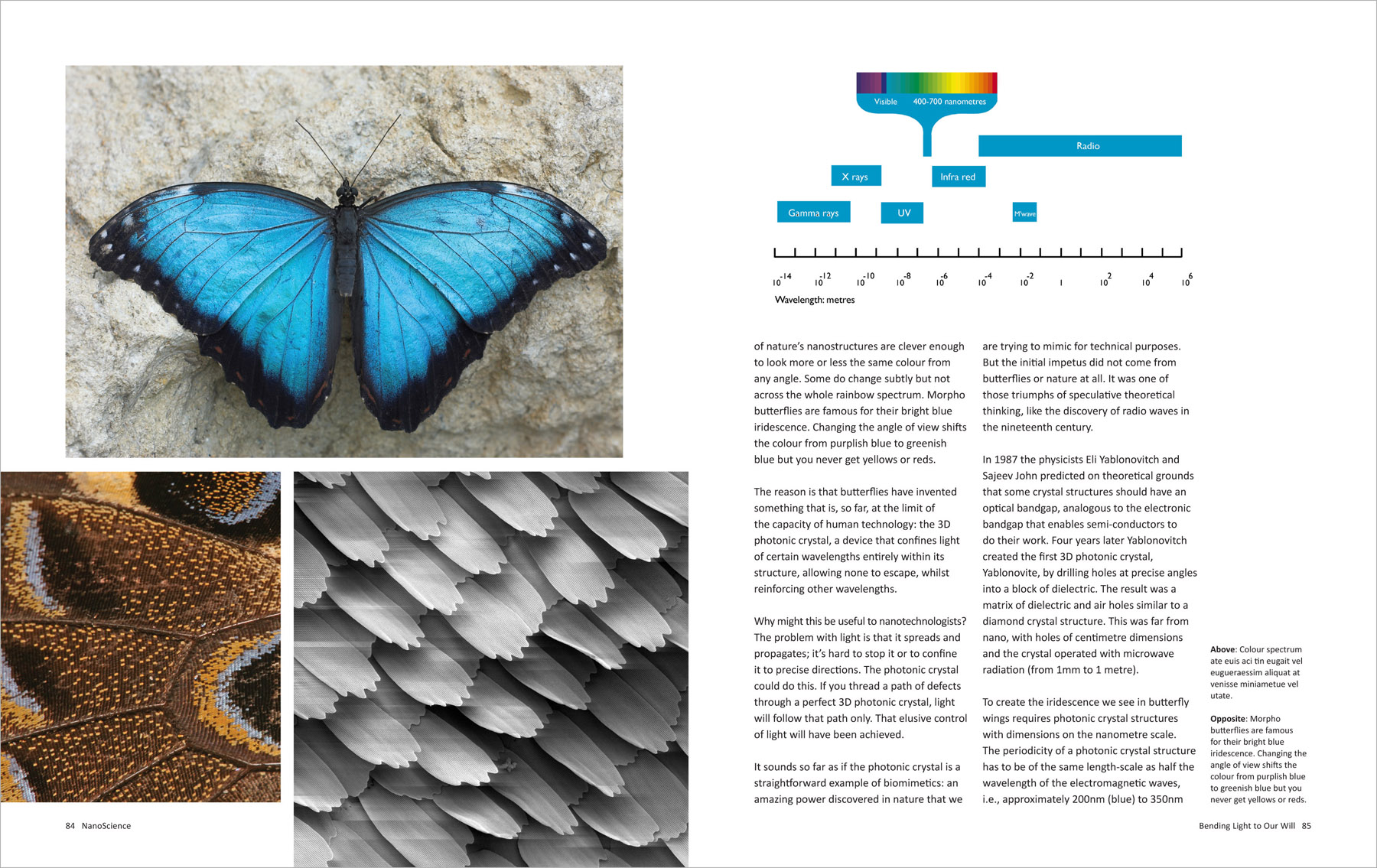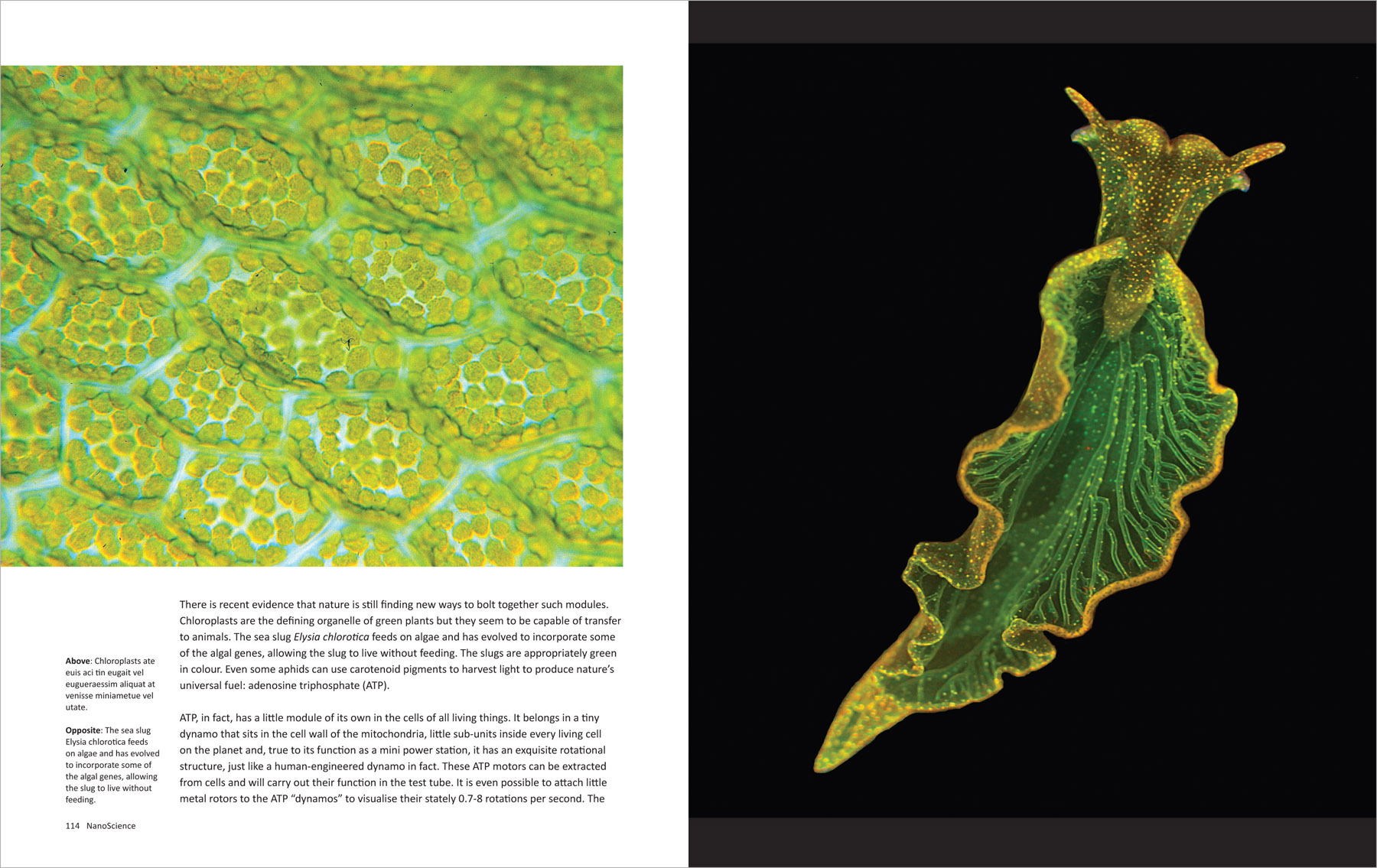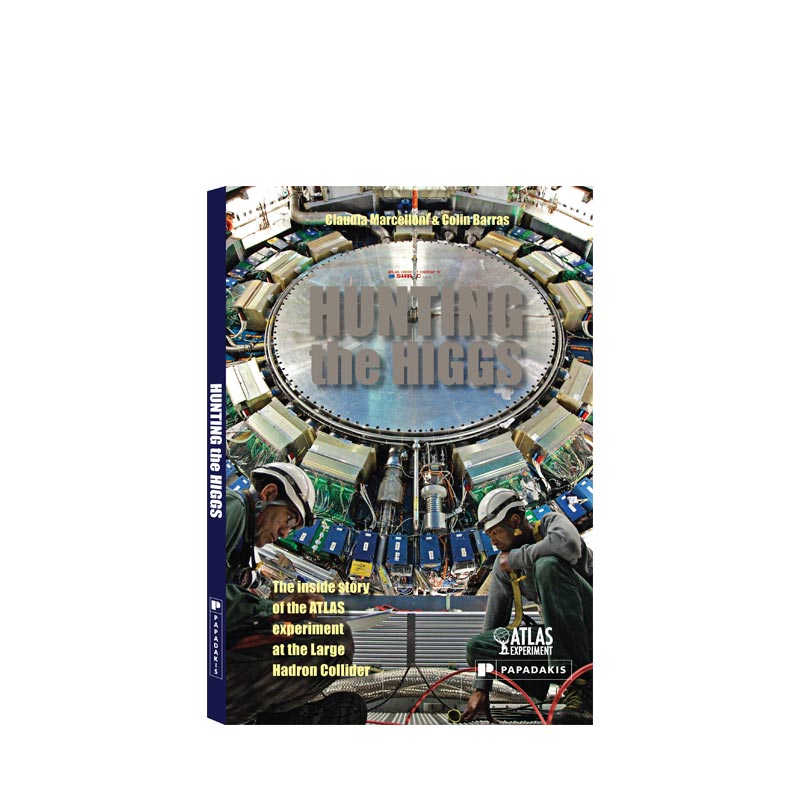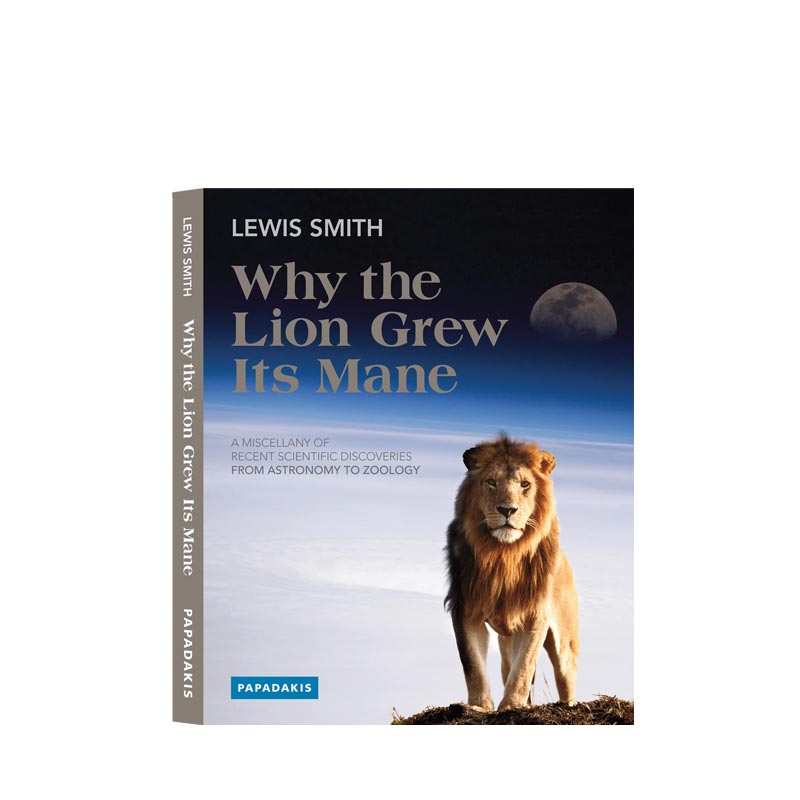NanoScience
Giants of the Infinitesimal
Peter Forbes & Tom Grimsey
NanoScience: Giants of the Infinitesimal explores the amazing possibilities that nanotechnology offers us and the astonishing beauty of the nanoworld.
210 × 265 mm
192 pages
Hardback
ISBN: 978-1906506-23-0
£24.99
IPPY Gold Medal 2015 - Science
Subject: Science
The 21st century is at the beginning of an invisible revolution. As our scientific understanding of the natural world develops, we are learning to form new materials with astonishing properties, enabling us to gain a new level of control over light, electrical and chemical energy. Fascinatingly, most of this is happening at the nano-scale as atoms and molecules much smaller than the wavelengths of visible light become increasingly accessible to us. New tools and new approaches are needed. In NanoScience: Giants of the Infinitesimal, award-winning science writer Peter Forbes and sculptor Tom Grimsey explore the amazing possibilities that nanotechnology offers us, from clean harvesting solar energy and finding cost-effective methods to desalinate sea water, to the production of smart materials that alter their shape, texture or other properties when they come into contact with electric or magnetic fields. NanoScience shows the astonishing beauty of the nanoworld, the iridescence of butterfly wings or peacock feathers that is produced not by pigments but by structures invisible to the naked eye. Science looks out into deep space in wonder but our actual presence there will always be limited. We look into the heart of the atom but can only understand its structure by breaking it. Between the two ends of the spectrum is nanoscience, the fastest growing and most significant area of scientific exploration of our time.
Purchase on BookshopPurchase at Waterstones
Purchase on Amazon
